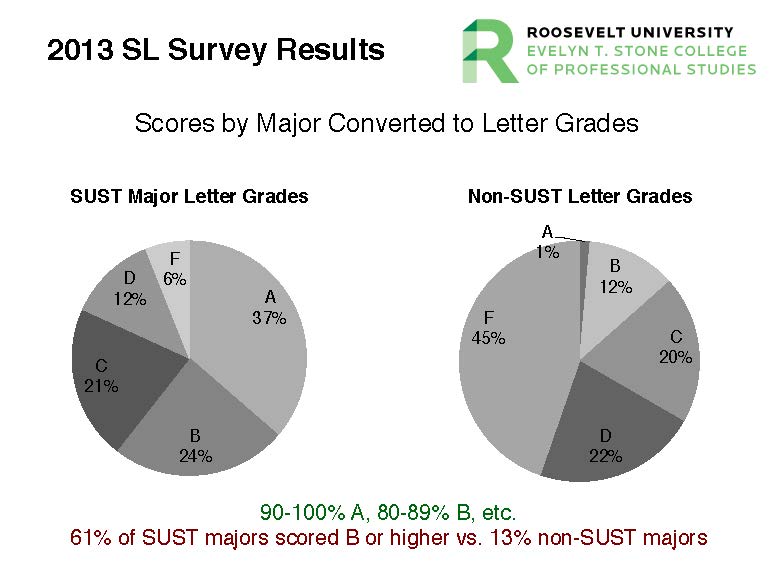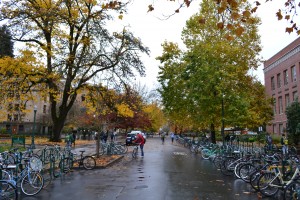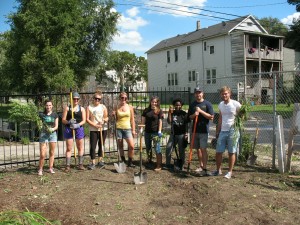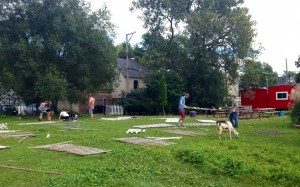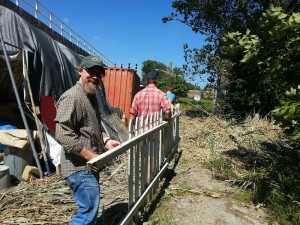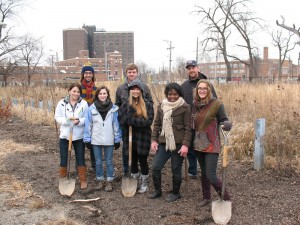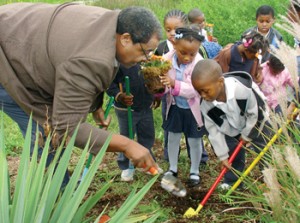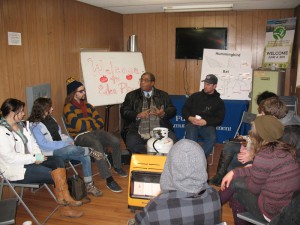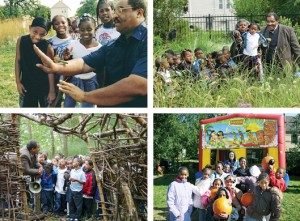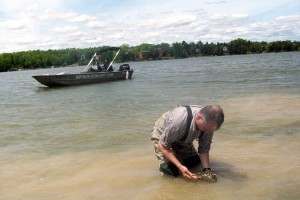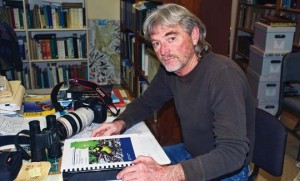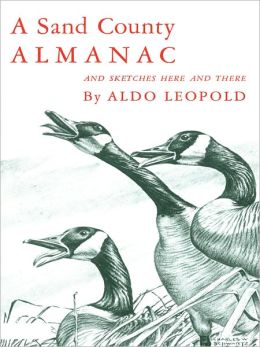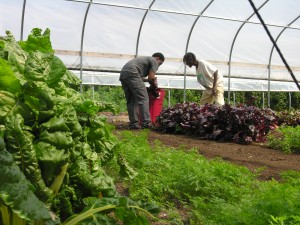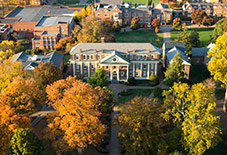The first part of June has been exceptionally chatty, academically speaking, as I think I’ve had my busiest week ever in my 20-year academic career giving presentations and hobnobbing with colleagues at other institutions. Thus far I’ve been right here in the Chicago area, though a nice little trip to New York City awaits later this week — which is exciting, since I haven’t been to New York since the fall of 2006 (for the SLSA Conference at NYU).
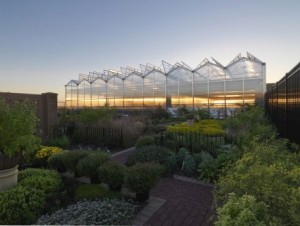
Last Sunday, as we flipped the home calendars to June, I drove out to Joliet Junior College, the nation’s oldest community college, to give a guest lecture entitled “Sustainability and the Future of Cities: Connecting Curriculum to Community” (pdf), as part of JJC’s three-day faculty retreat for the Grand Prairie Project — an effort to encourage the integration of sustainability across JJC’s curriculum led by my colleague, friend, and fellow Joliet public school alum Maria Rafac, an architectural technology prof at the college.
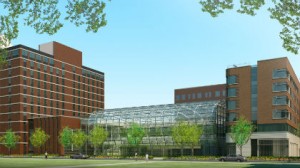
Then on Wednesday, June 4th, I collaborated with an RU professor, Aaron Shoults-Wilson, on a presentation (pdf) about sustainability/environmental science education at Roosevelt for a “Research and Education towards Sustainability Symposium” sponsored by the Institute for Environmental Sustainability at Loyola University in Chicago. This small gathering was especially interesting, since the IES was hosting a group of Vietnamese environmental scientists and educators from Vietnam National University. Learning about their work in Ho Chih Min City and other locations throughout Vietnam was utterly fascinating, and they in turn were extremely excited by the chance to explore Chicago and meet like-minded colleagues here in the US. I also got my first tour of Loyola’s new IES facility in my old neighborhood of East Rogers Park, opened in Fall 2013, which is quite impressive indeed.
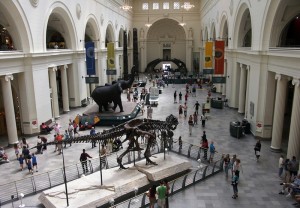
Finally, on Thursday, June 5th, I gave my first talk at the Field Museum of Natural History along the downtown Chicago lakefront, as part of the museum’s Interchange monthly lecture series sponsored by the Dept. of Science and Education. These gatherings are internal to the museum, and provide a chance for researchers to present data and report on works in progress from all the various disciplines of the museum in a friendly setting that encourages active discussion and cross-disciplinary connections. My talk, “Reading the Book of Nature: May Theilgaard Watts’ Art of Ecology,” (pdf), reflected on how the arts and humanities complement scientific discourse, in this case within the context of urban ecosystems wherein live over 80% of Americans and more than 50% of people worldwide.
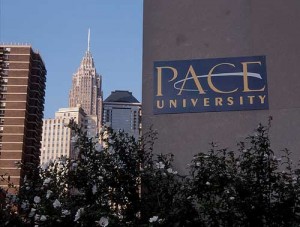
Later this week, I fly to New York City for the annual conference of the Association for Environmental Studies and Sciences, one of the academic tribes of which I’m an enthusiastic member. Hosted this year by Pace University in lower Manhattan, near the foot of the Brooklyn Bridge, the conference theme is “Welcome to the Anthropocene: From Global Challenge to Plantery Stewardship.” This smallish conference of 500-600 attendees is always notable for its friendly and informal atmosphere, great spirit of convivial networking among colleagues from many different areas of academia (from the sciences to the social sciences to the humanities), and fun field excursions. My talk about my teaching experiences in a service-learning course at the Chicago Lights Urban Farm is part of a panel entitled “Innovative Pedagogies for Environmental Justice and Community Engagement.” I’m eager to hear what my fellow panelists have in store for our session!

